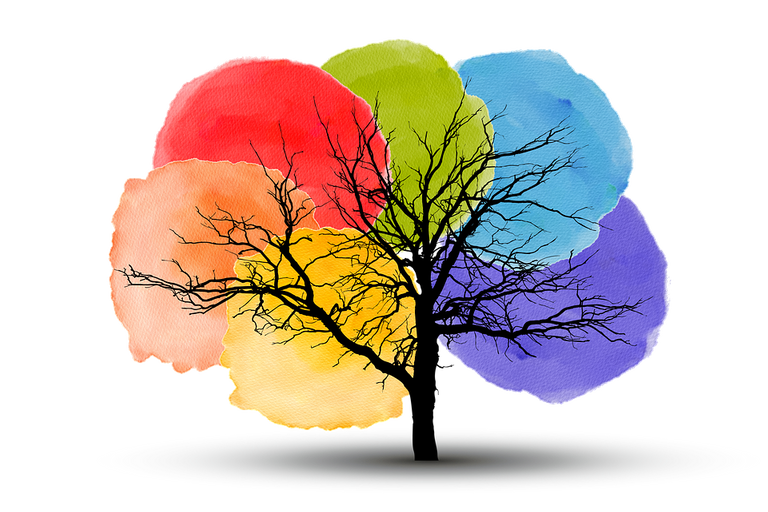**Topic: "The Evolution of Narrative in Video Games:

The Secret Lives of Urban Wildlife
Urban environments are often thought of as concrete jungles, bustling with human activity and noise. However, beneath the surface of our cities lies a vibrant world of wildlife that has adapted to thrive in these human-dominated landscapes. In this post, we’ll explore the fascinating lives of urban wildlife and how they manage to coexist with us.
The Adaptability of Urban Wildlife
Many species have shown remarkable adaptability to urban settings. From raccoons rummaging through trash cans to peregrine falcons nesting on skyscrapers, these animals have found ways to utilize the resources available in cities. Some key examples include:
Raccoons: Known for their dexterous paws and intelligence, raccoons have become experts at foraging in urban areas. They are opportunistic feeders, taking advantage of food sources like garbage and pet food left outside.
Pigeons: Often seen as pests, pigeons have thrived in cities due to their ability to find food and nesting sites in human structures. They play a role in urban ecosystems, serving as prey for larger birds of prey.
Coyotes: These adaptable canines have made their way into urban areas, often seen trotting through parks or residential neighborhoods. Their presence can help control rodent populations, although they can also pose challenges for pet owners.
The Importance of Urban Green Spaces
Urban parks and green spaces are vital for the survival of many wildlife species. These areas provide essential habitats, food sources, and corridors for animals to navigate through cities. Some benefits of urban green spaces include:
Biodiversity: Parks support a variety of species, from insects and birds to mammals and plants, helping to maintain ecological balance in urban environments.
Wildlife Corridors: Green spaces can act as corridors, allowing animals to move safely between different habitats and reducing the risks associated with urbanization.
Public Awareness: Urban parks offer opportunities for residents to connect with nature and learn about local wildlife, fostering a sense of stewardship for the environment.
How to Coexist with Urban Wildlife
As urban dwellers, we can take steps to coexist peacefully with our wildlife neighbors. Here are some tips:
Secure Garbage: Keep trash bins closed and secure to prevent raccoons and other animals from scavenging.
Plant Native Species: Create habitats in your garden by planting native plants that provide food and shelter for local wildlife.
Educate Yourself and Others: Learn about the wildlife in your area and share this knowledge with friends and family to promote coexistence.
Respect Wildlife: Observe animals from a distance and avoid feeding them, as this can lead to dependency on human food sources.
Conclusion
The secret lives of urban wildlife remind us that nature is resilient and resourceful, even in the heart of our cities. By understanding and appreciating the wildlife around us, we can foster a more harmonious relationship with the natural world. So next time you spot a raccoon or hear the call of a hawk, take a moment to appreciate the incredible adaptability of these urban creatures. Together, we can create cities that support both human and wildlife communities.
Feel free to share your thoughts or experiences with urban wildlife in the comments below! 🦉🌳

All images are taken from the Pixabay.com